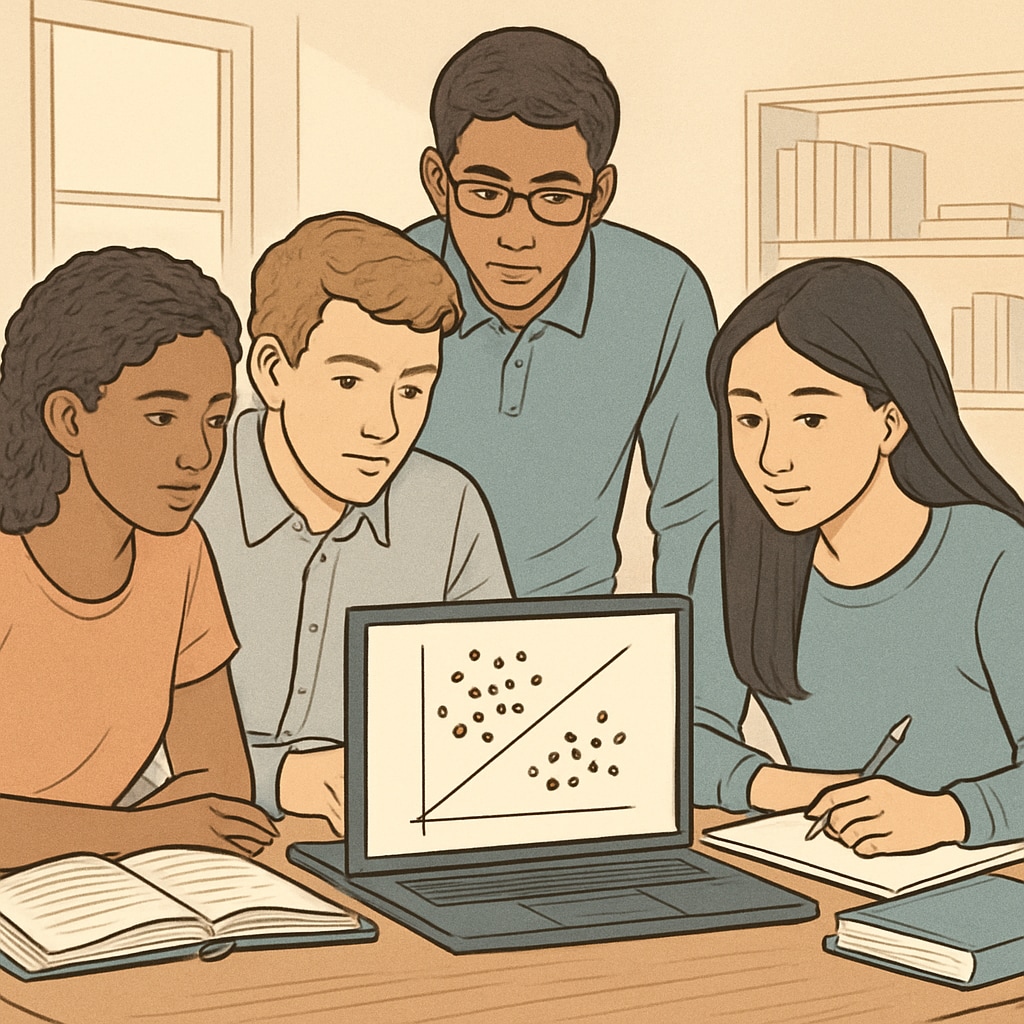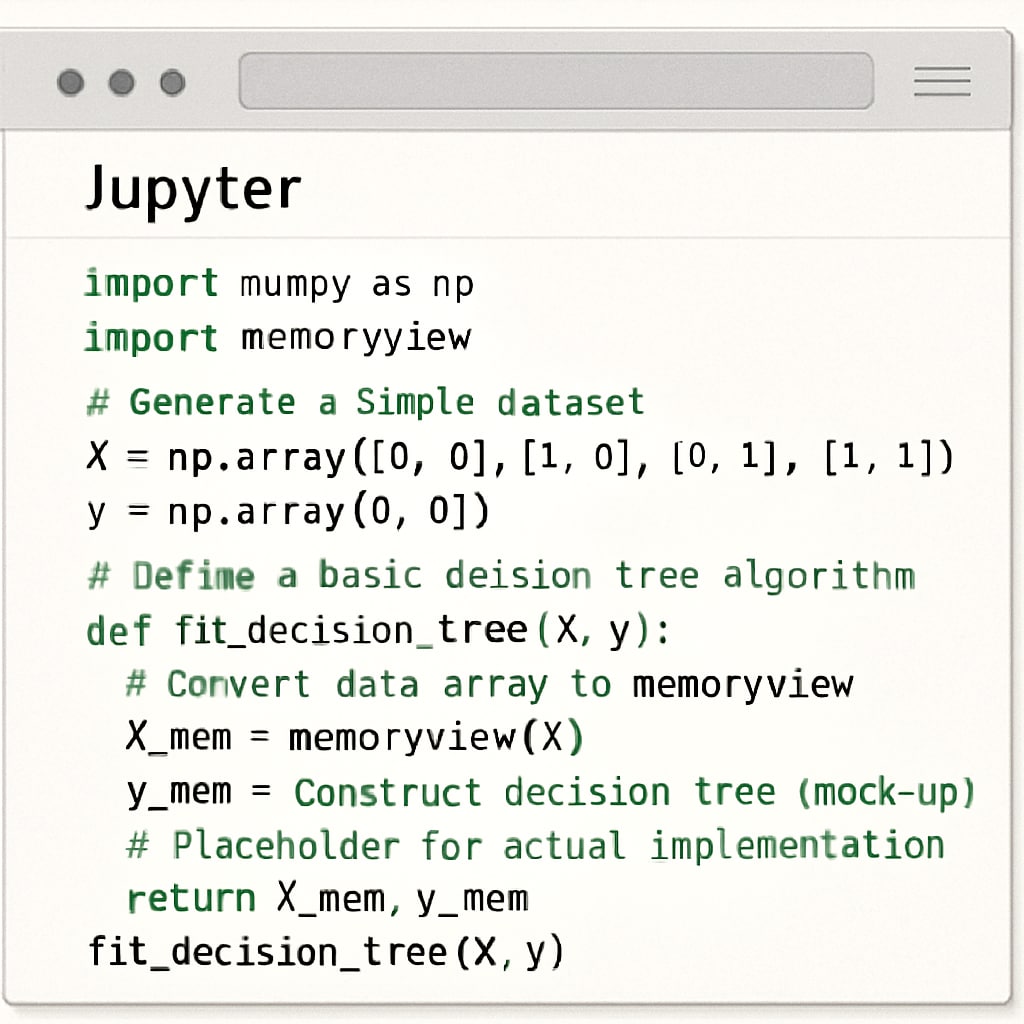AI education, student projects, and computational resource constraints present unique challenges when designing undergraduate artificial intelligence coursework. For sophomore-level students with limited programming experience, educators must balance foundational theory with practical implementation. This article outlines a scaffolded project framework that progressively builds from basic algorithm implementation to applied AI solutions, all while operating within typical university computing environments.
Tiered Project Design for Progressive Learning
The proposed approach divides projects into three developmental phases:
- Phase 1: Algorithm Visualization – Students implement basic AI algorithms like search trees or naive Bayes classifiers using lightweight Python libraries
- Phase 2: Constrained Optimization – Projects incorporate limited datasets (e.g., UCI Machine Learning Repository subsets) to teach resource management
- Phase 3: Applied Problem-Solving – Teams develop solutions for campus/local community challenges using optimized models

Computationally Efficient Project Examples
These practical project ideas demonstrate how to maximize educational value while minimizing resource demands:
- Image Classification Light: Use tinyML techniques with the TensorFlow Lite framework on small image sets
- Text Analysis Toolkit: Implement basic NLP (natural language processing) using optimized libraries like spaCy for document classification
- Decision Tree Applications: Develop campus navigation assistants using simple tree-based algorithms
For assessment, educators should focus on students’ algorithmic understanding rather than computational performance. This approach aligns with the ACM Computer Science Education guidelines for foundational AI instruction.

Implementation Tip: Begin projects with paper-based design phases before coding. This teaches students to optimize solutions before computational implementation, reducing unnecessary resource usage.
Overcoming Infrastructure Limitations
When facing severe resource constraints, consider these alternatives:
- Cloud-based educational platforms with free tiers (e.g., Google Colab)
- Algorithm simulation tools that demonstrate concepts without full implementation
- Collaborative projects where students share limited GPU resources
Remember that AI education, student projects, and computational resource constraints ultimately serve the same goal: developing students’ capacity to solve problems intelligently within real-world limitations – perhaps the most valuable skill in professional AI practice.


